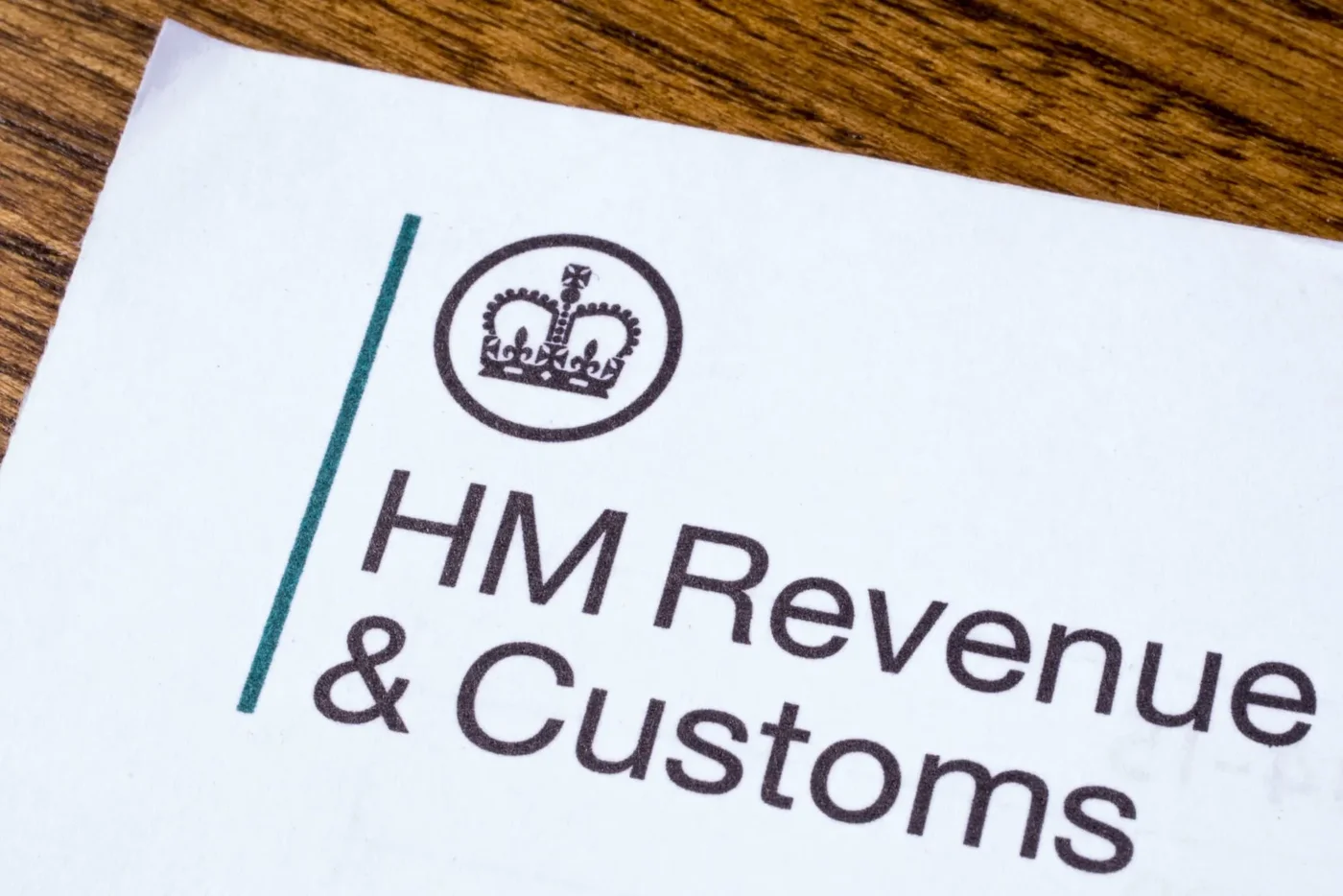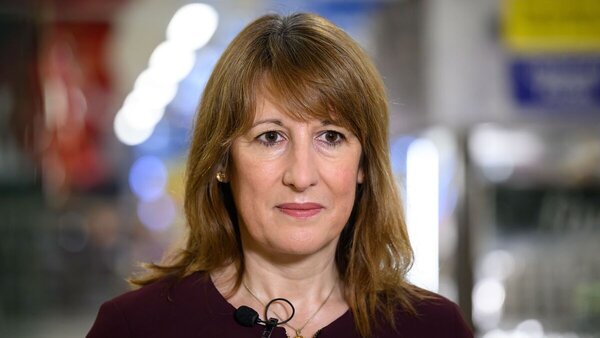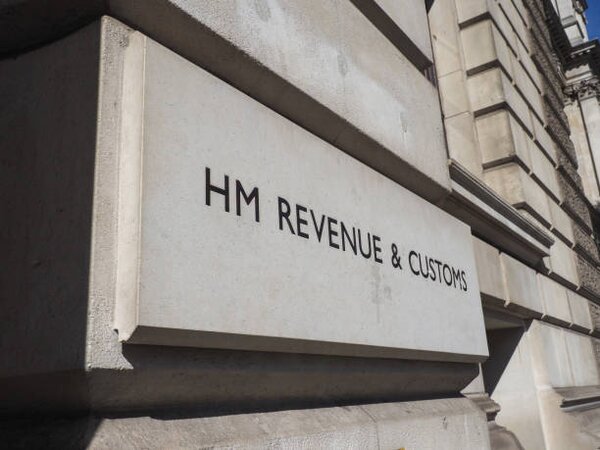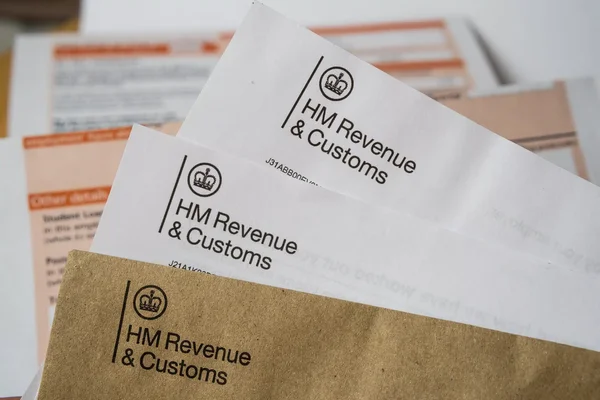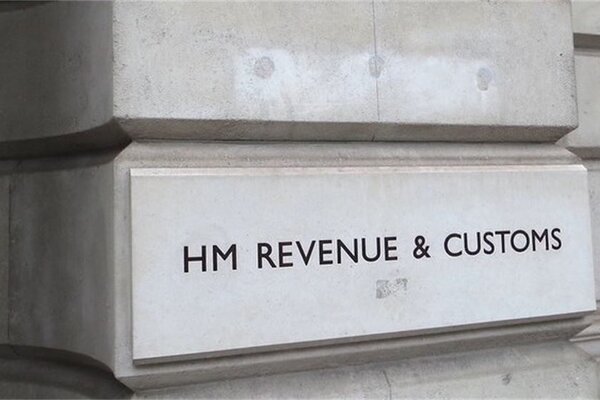UK households making the most of savings and investment allowances are being urged to check the rules before moving money into an Individual Savings Account (ISA). HM Revenue & Customs (HMRC) has cautioned that it has only “limited knowledge” of certain quirks in the system, after a taxpayer asked about transferring shares from a Save As You Earn (SAYE) scheme. The question highlighted a potential gap in understanding about how the annual ISA limit of £20,000 applies, especially where flexible ISAs are involved. HMRC’s advice? Speak directly to your ISA provider before making any decisions.
With more people relying on ISAs for tax-efficient saving, this uncertainty could catch households out. Understanding the nuances of SAYE transfers, withdrawal limits, and capital gains rules is essential to avoid unexpected tax bills.
The taxpayer’s query sparks confusion
A UK taxpayer contacted HMRC asking whether they could transfer more than £20,000 worth of shares from their SAYE scheme into an ISA. The annual ISA limit stands at £20,000, but the taxpayer questioned if flexible ISA rules might allow them to sell shares, withdraw the proceeds, and then reset their allowance for another transfer.
They also asked whether shares transferred from SAYE into an ISA could then be sold like cash in a flexible ISA arrangement.
HMRC’s cautious response
In reply, HMRC pointed the taxpayer to its official online guidance, stating:
“Please be aware we have limited knowledge of how ISAs are managed and we suggest you speak to your ISA manager before making any transactions.”
This response makes clear that while HMRC sets the overarching tax rules, the day-to-day administration and interpretation often fall to ISA providers. That means households cannot assume HMRC will resolve every detail.
What is a SAYE scheme?
Save As You Earn (SAYE) is a savings-related share scheme often used by employees to buy shares in their company at a fixed price. Participants can save up to £500 a month into the scheme over three or five years. At the end of the contract, the savings can be used to buy shares.
Key tax advantages include:
- Any interest or bonus at the end of the scheme is tax-free.
No Income Tax or National Insurance is due on the difference between the price paid and the share’s actual value.
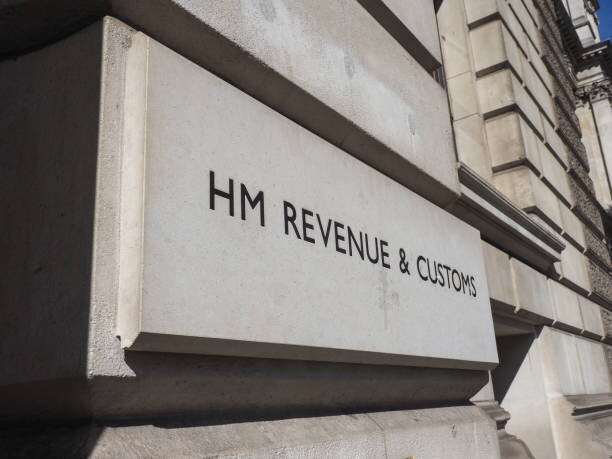
Capital Gains Tax rules on SAYE shares
When shares are sold, Capital Gains Tax (CGT) may apply if the value has increased. However, there’s an important exemption: if SAYE shares are transferred into an ISA or pension within 90 days of the scheme ending, no CGT is due.
If the shares are not moved within this 90-day window, future gains may trigger a CGT liability. Timing, therefore, is critical.
The £20,000 ISA limit explained
Every adult in the UK has an annual ISA allowance of £20,000. This limit applies across all types of ISAs Cash ISAs, Stocks and Shares ISAs, Innovative Finance ISAs, and Lifetime ISAs.
While flexible ISAs allow withdrawals and replacements within the same tax year without affecting the allowance, HMRC’s comments suggest this flexibility may not extend to complex transfers such as those from SAYE.

Why the confusion matters
The issue highlights the complexity of UK tax rules, where the combination of workplace share schemes and ISA regulations can create grey areas. For savers, misunderstanding the rules could mean:
- Missing out on valuable tax-free allowances.
- Accidentally breaching ISA contribution limits.
- Facing an unexpected Capital Gains Tax bill.
Financial experts advise checking with your ISA provider before making transfers, as they interpret and apply the rules in practice.
Final Summary
HMRC warns on ISA transfer rules
At Pie, we’re all about making tricky tax topics simple, clear, and a little less stressful. So, when HMRC puts out a warning that could impact your savings, we think it’s worth breaking down in plain English.
HMRC’s warning serves as a reminder that while ISAs and SAYE schemes both offer generous tax advantages, the interaction between them isn’t always straightforward. The £20,000 ISA allowance remains a firm annual limit, and flexible ISA rules do not automatically create additional headroom for SAYE transfers.
Households planning to move shares from a SAYE scheme into an ISA should act quickly within the 90-day window and, crucially, confirm the process with their ISA provider to avoid mistakes. For many, this could be the difference between keeping their savings fully tax-free and facing an unexpected bill.
